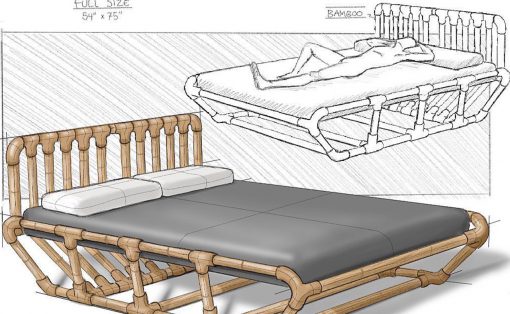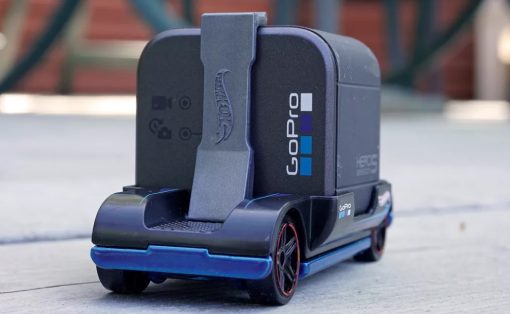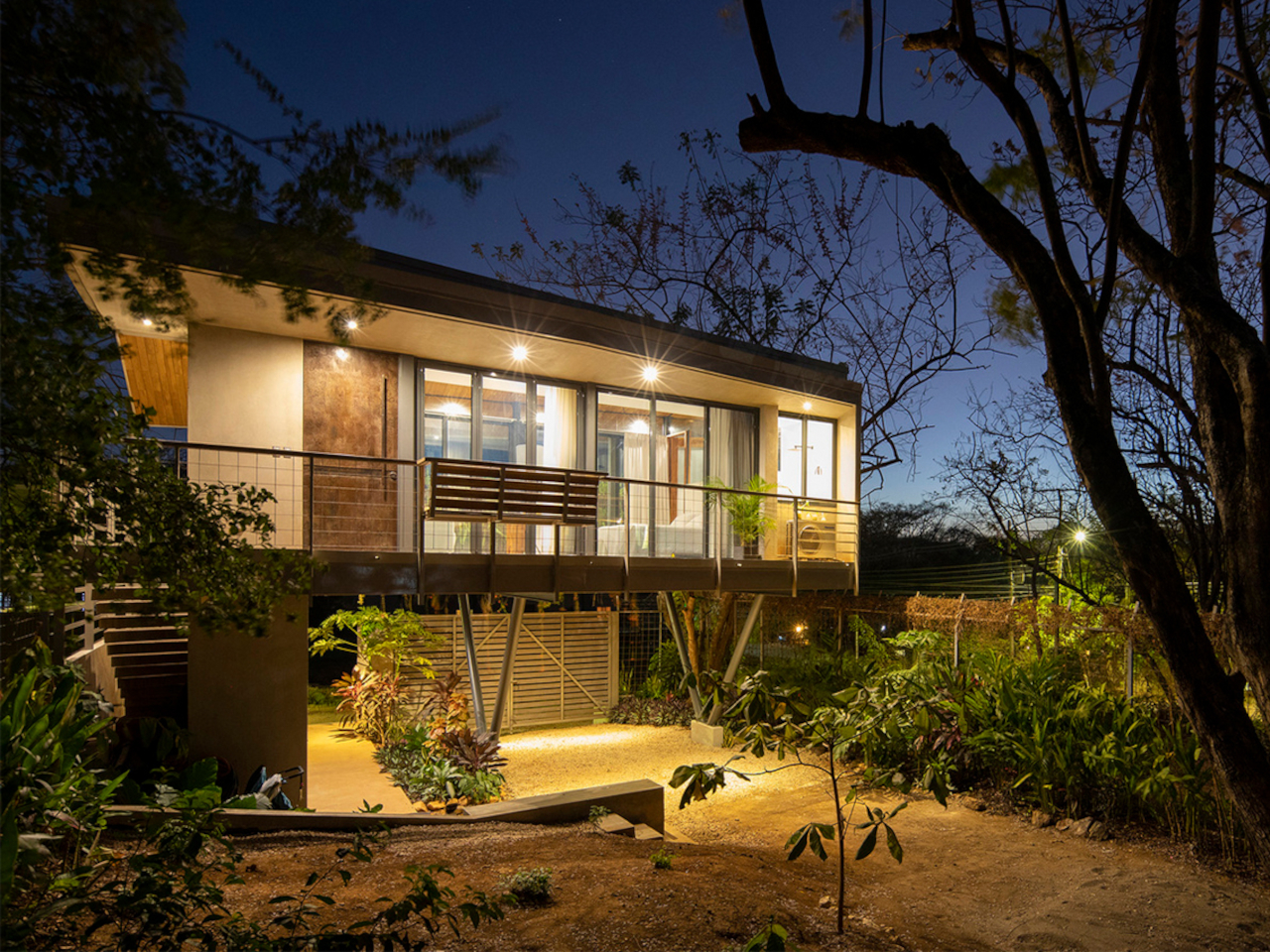
Recent UN reports indicate that 55% of the global urban population lives in cities, and this is expected to rise to 68% by 2030. While cities drive 80% of the world’s GDP, they also significantly contribute to climate change through greenhouse gas emissions. Key challenges include climate change impacts, high carbon footprints, waste management, depleting water tables, and air and water pollution, all requiring urgent action.
Designer: LSD Architects
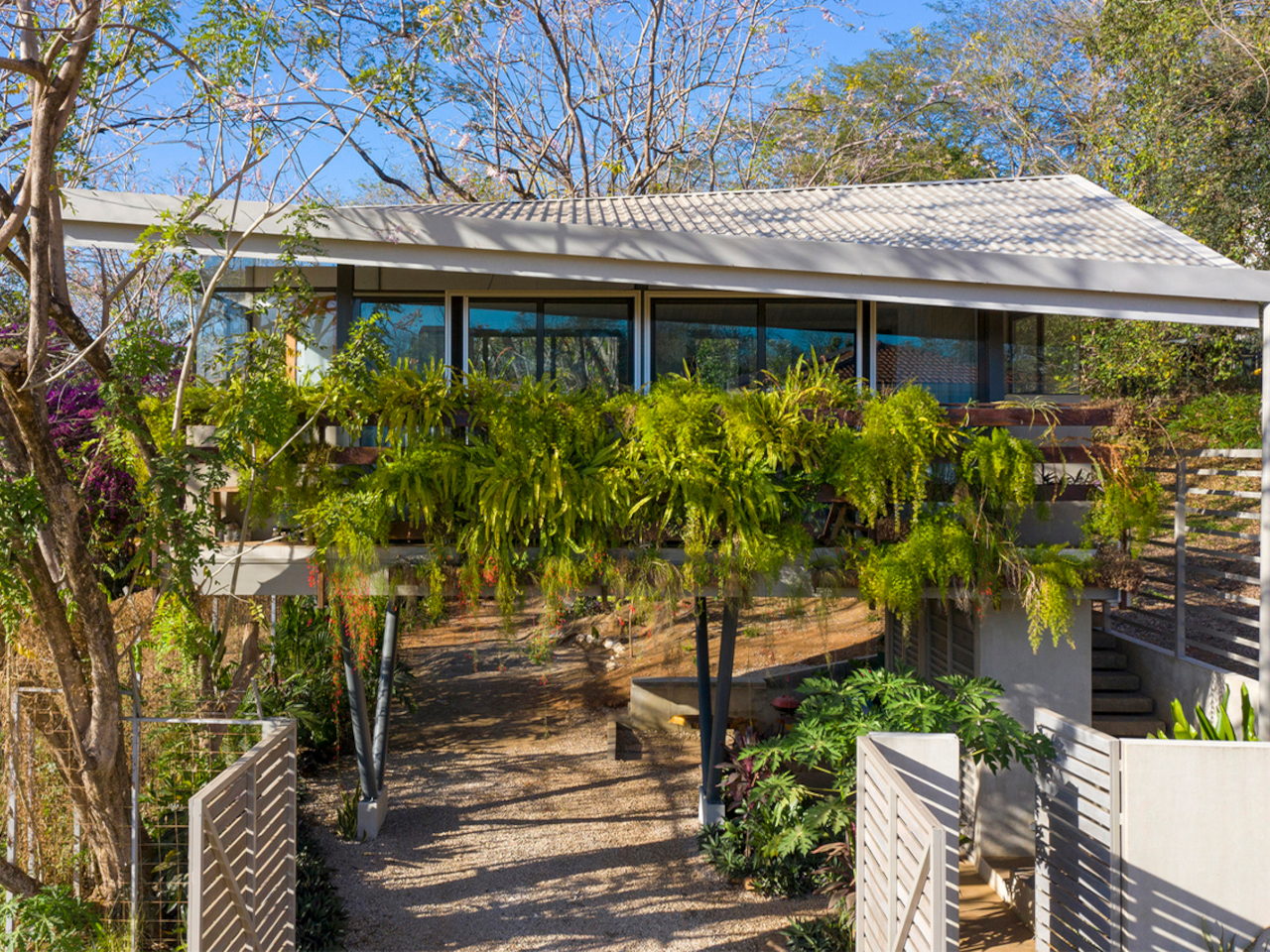
1. Climate Change
Cities are combating climate change, largely driven by fossil fuels, by promoting public transport, electric cars, and cycling. Efforts also include designing green urban spaces and creating urban forests to cool cities and act as carbon sinks. Recent flooding in desert cities like Dubai and Saudi Arabia highlights the need for resilient infrastructure. Solutions involve robust infrastructure, effective drainage, sustainable stormwater management, and green urban planning to reduce flooding risks.
Paris Agreement: In 2015, nearly 200 countries signed the Paris Agreement at COP21, aiming to limit global warming to below 2 degrees Celsius by reducing greenhouse gas emissions. It calls for localizing climate initiatives in cities and improving local climate governance.
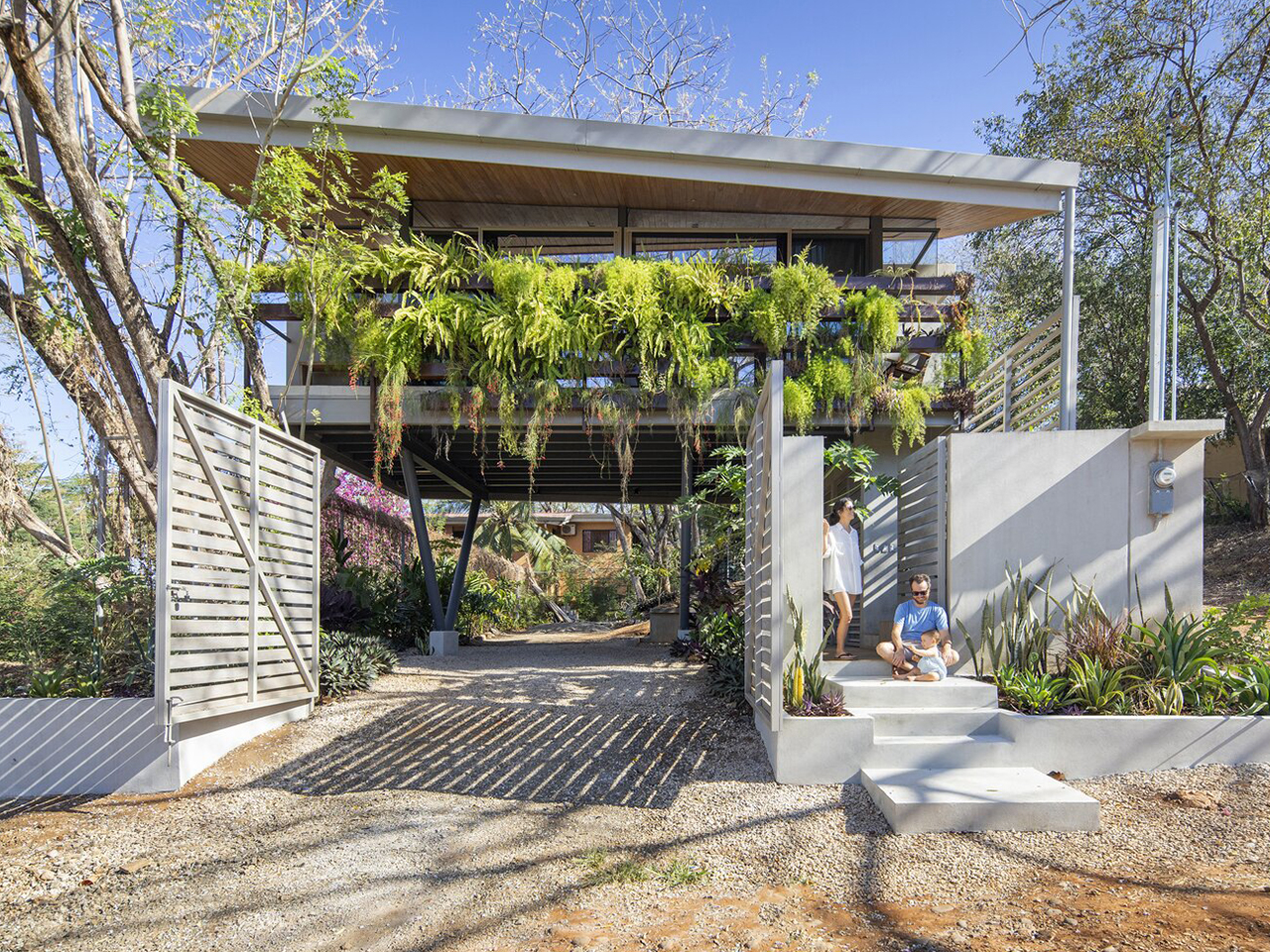
Casa Jardin, designed by architect Rodolfo Tinoco near Costa Rica’s Tamarindo Beach, is a fully self-sustaining, off-grid home showcasing modern sustainability. Featuring lush gardens, solar panels, and a recycled water system, it offers privacy and environmental efficiency with a vertical garden that regulates temperature and grows edible greens. Elevated on V-shaped stilts to address rising sea levels, it includes a leaf-shaped photovoltaic roof for solar energy and integrates rainwater harvesting and sewage treatment for irrigation. Inside, a neutral palette and teak wood accents create a naturally lit, beach-inspired space, emphasizing luxury and sustainability in tropical living.


Designer: Niklas Andreasen
Global warming has been ongoing for years, with its most pronounced effects felt in the Arctic, where rapid ice melting disrupts climate patterns worldwide. Project ARCSTAR proposes a biocomposite structure made from biowaste materials to cool Arctic waters and support ice formation. This initiative aims to mitigate ice loss by lowering water temperatures and using sustainable materials like sulfur-free lignin and calcium carbonate. While promising as a short-term measure, ARCSTAR highlights the need for broader, systemic shifts toward sustainability to address the root causes of climate change effectively.
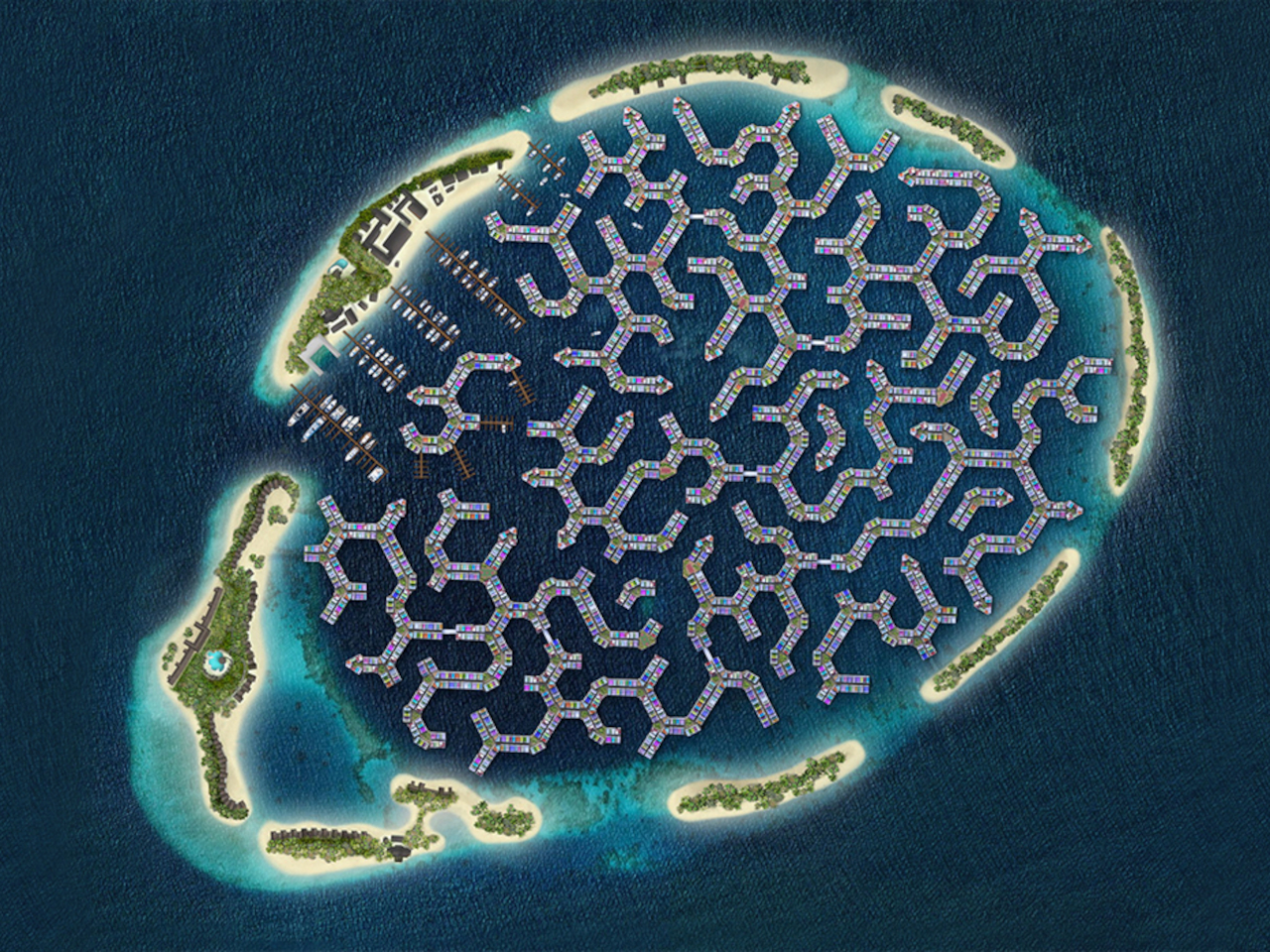
Designer: Dutch Docklands
Coastal communities are on the front lines of climate change, facing rising sea levels. In response, architects are pioneering solutions like the Maldives Floating City (MFC), a sustainable urban project planned near Male. Designed by Dutch Docklands, MFC features a modular, floating layout inspired by Brain coral, anchored to barrier islands to mitigate sea-level rise impacts. This innovative city aims to blend green technology with residential and commercial spaces, setting a precedent for future climate-resilient urban development worldwide.
2. Greenhouse Emissions
Strategies to reduce greenhouse gas emissions include promoting renewable energy, low-carbon fuels, and LEED-certified green buildings that save 20-30% more energy than conventional ones. Oslo a leading green city in Norway, leads in recycling, public transport, clean air, and renewable energy. Singapore uses smart planning to harness solar energy for housing and integrates artificial wetlands to maintain ecological balance.

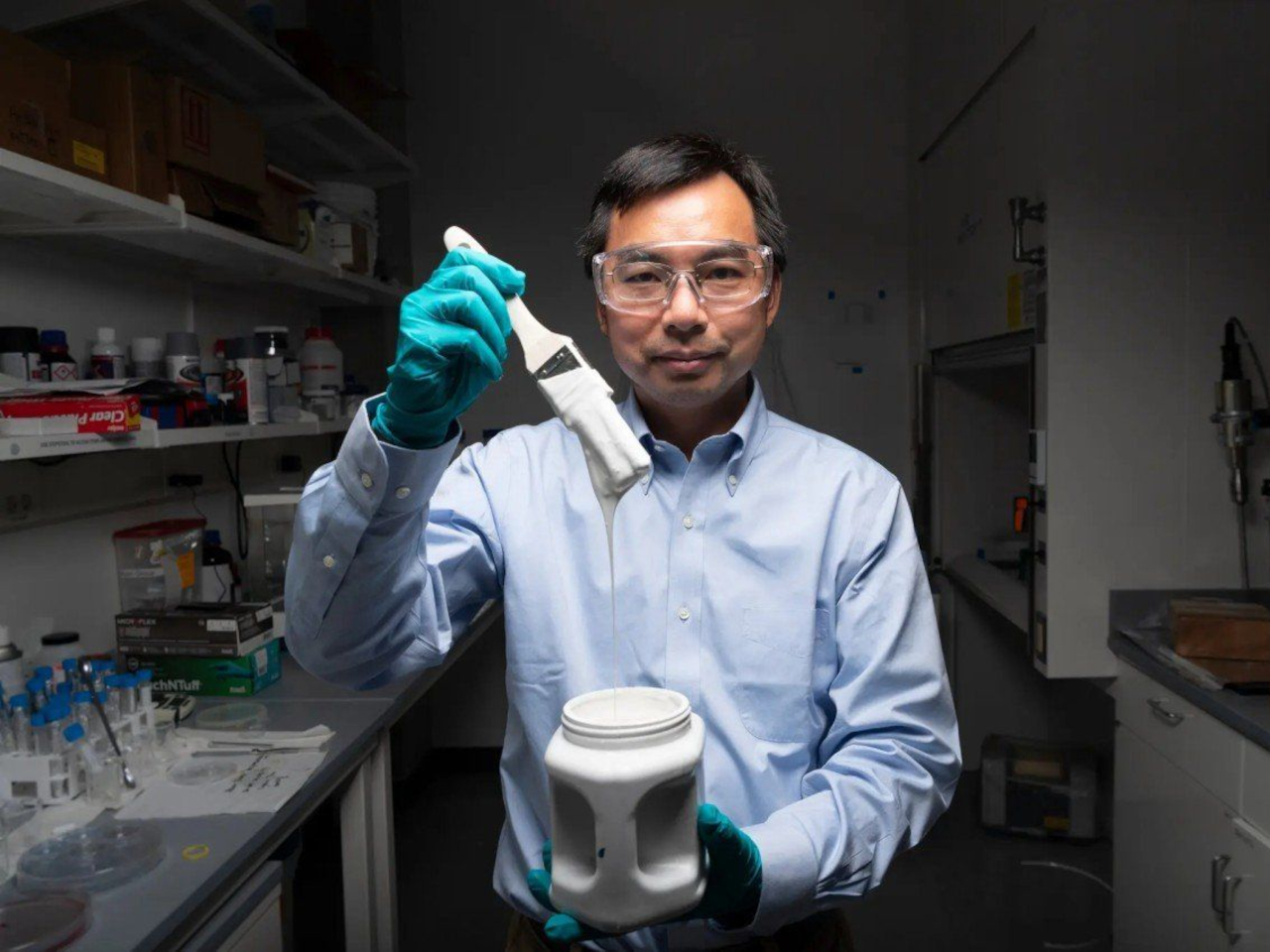
Designer: Stanford Research Team
Stanford University researchers have developed innovative, eco-friendly paints that regulate indoor temperatures by reflecting sunlight and infrared radiation. These paints, including colors like orange, yellow, blue, and white, reduce the need for air conditioning by managing heat absorption and retention. Their dual-layer design utilizes infrared-reflective aluminum flakes and infrared-transparent nanoparticles to achieve significant energy savings—36% less heating in cold conditions and 21% less cooling in warm conditions—compared to traditional methods. This breakthrough addresses the substantial energy consumption and environmental impact of heating and cooling systems, offering a sustainable solution for buildings and urban environments worldwide.
3. Air and Water Pollution
Increased vehicles and traffic cause air pollution, while untreated factory sewage leads to water contamination. Beijing combats air pollution with strict vehicle quotas and reduced coal use to lower harmful PM2.5 levels. In the UK, the Broads Waterways face phosphorus pollution, damaging water plants. Cleanup methods like phosphate stripping and suction dredging are being explored.
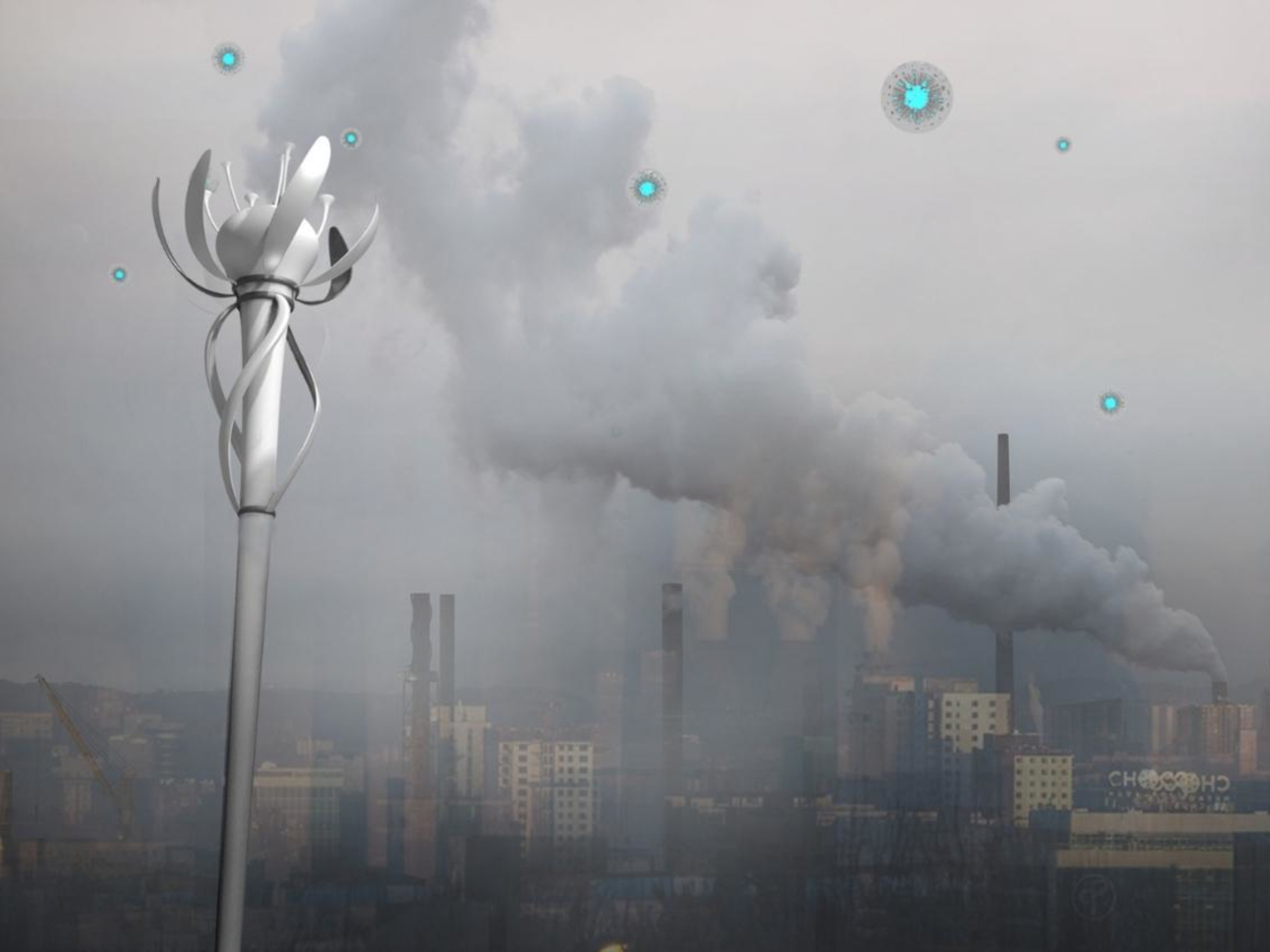
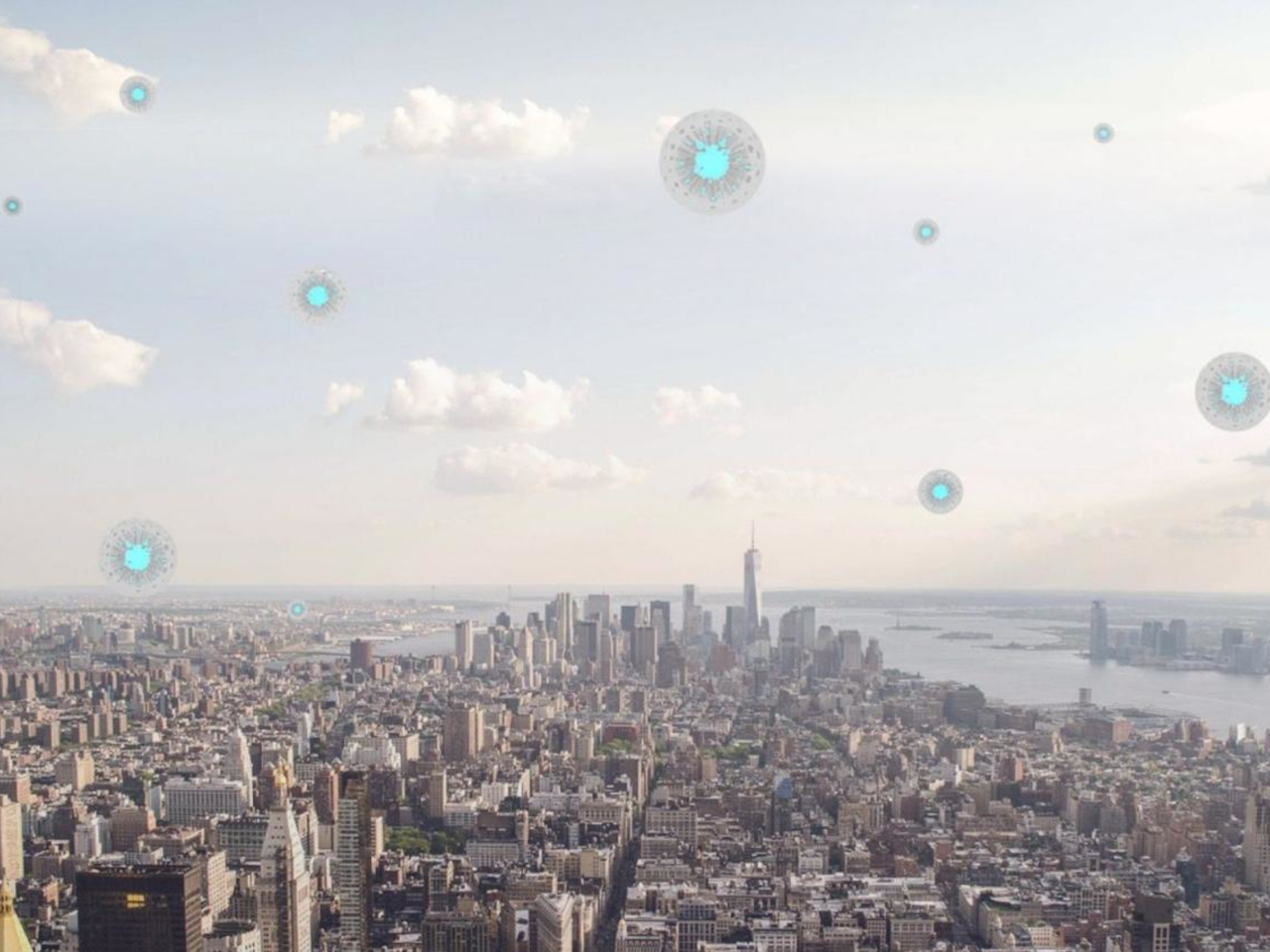
Designer: Wang Hong Min
Pure Bubble offers an innovative solution to urban air pollution with its outdoor air purification concept, resembling dandelion-inspired bubbles equipped to detect, analyze, and clean polluted air. Each bubble features three layers: a helium-filled outer layer for mobility, a reusable filtering layer using patented TPA technology, and a wind-powered recharging motor. These self-illuminating bubbles purify air as they float, extracting minerals from pollutants and contributing to improved air and water quality in urban environments. Positioned strategically, Pure Bubble aims to mitigate the health impacts of air pollution and support global efforts in environmental sustainability.


Designers: Lucy Zakharova and Ted Lu
Designers Lucy Zakharova and Ted Lu propose ‘En·cap·su·lat·ing’, a revolutionary project aimed at addressing ocean pollution. This initiative involves deploying a network of five dynamic capsules made from plastic waste sourced from the Great Pacific Garbage Patch, spanning 1.6 million square kilometers. Each capsule operates at different ocean depths, moving cyclically with floating plastic islands to evenly distribute their cleaning efforts. Beyond pollution mitigation, these capsules serve as research hubs, monitoring deep-sea conditions and biodiversity impacts, emphasizing the urgent need for sustainable environmental solutions to safeguard marine ecosystems.
4. Depleting Water Table
Rapid urbanization strains city infrastructure and depletes water tables. Cities respond with alternative water sourcing, rainwater harvesting, and vertical farming, alongside public education to change water usage habits. Comprehensive water management integrates fresh water, rain, storm, and wastewater. China’s Sponge Cities use permeable surfaces and green spaces to capture, filter, and store water, reducing floods and promoting reuse, enhancing climate resilience.
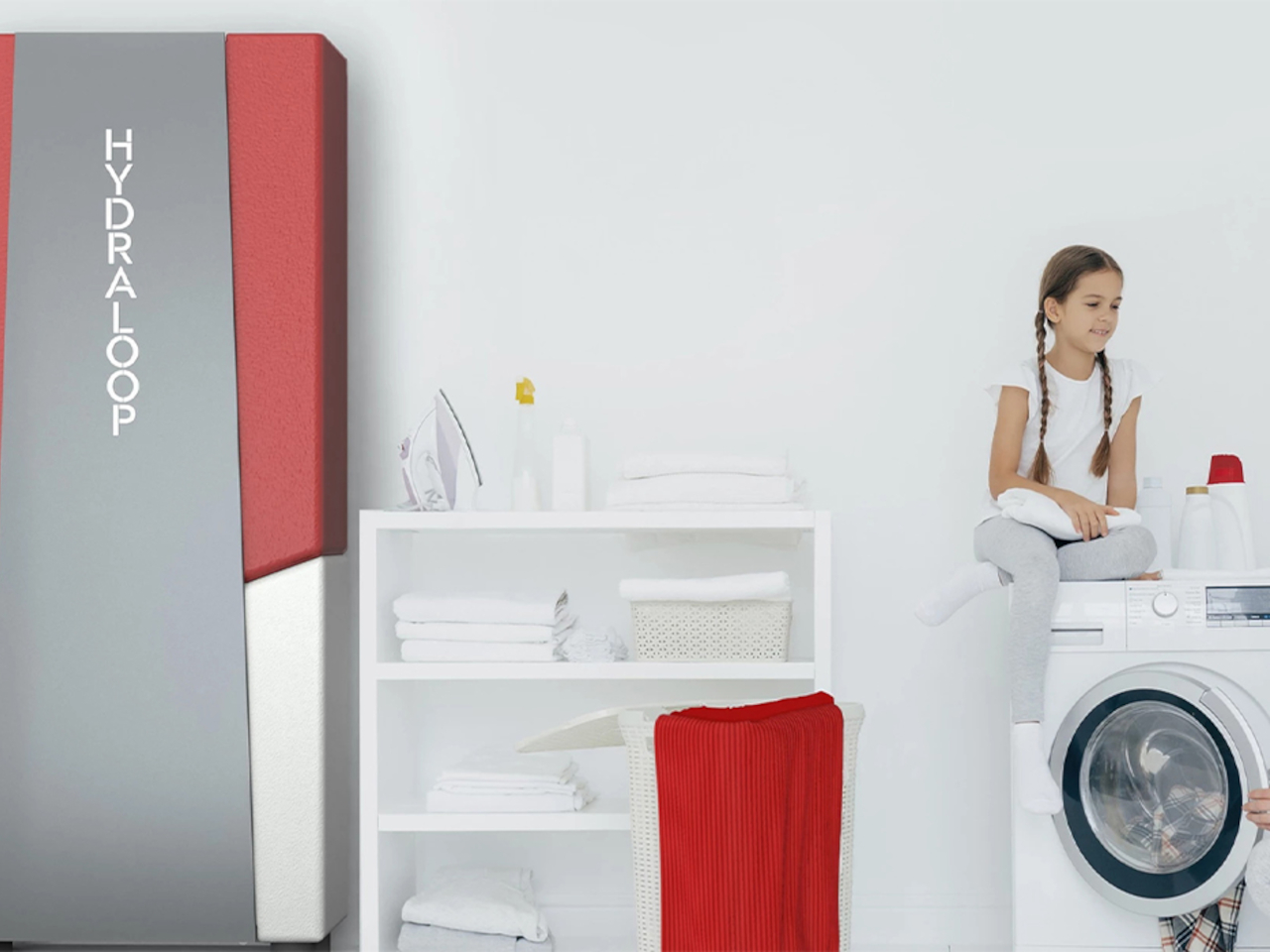
Designer: Hydraloop Systems BV
Hydraloop is a compact water recycling system that fits seamlessly into any home or building and its technology recycles up to 95% of shower and bath water, reducing reliance on fresh water and lowering sewage emissions. Designed for ease of installation and operation, Hydraloop systems clean and disinfect water using a six-step process without chemicals, making it safe for non-potable uses like toilet flushing and irrigation. By conserving water and lowering energy costs, Hydraloop supports sustainable living and contributes to global efforts in water conservation and climate action.
5. Plastic and Waste Disposal
Cities combatting plastic pollution emphasize waste reduction through recycling and composting. Urban areas contribute significantly to marine plastic debris, threatening ecosystems and human health. Quezon City, Philippines, innovates with a “cash for trash” program exchanging recyclables for environmental credits. The Maldives transitions to a circular economy, enhancing waste management with sustainable infrastructure and optimized collection systems to create valuable products from recycled plastics.
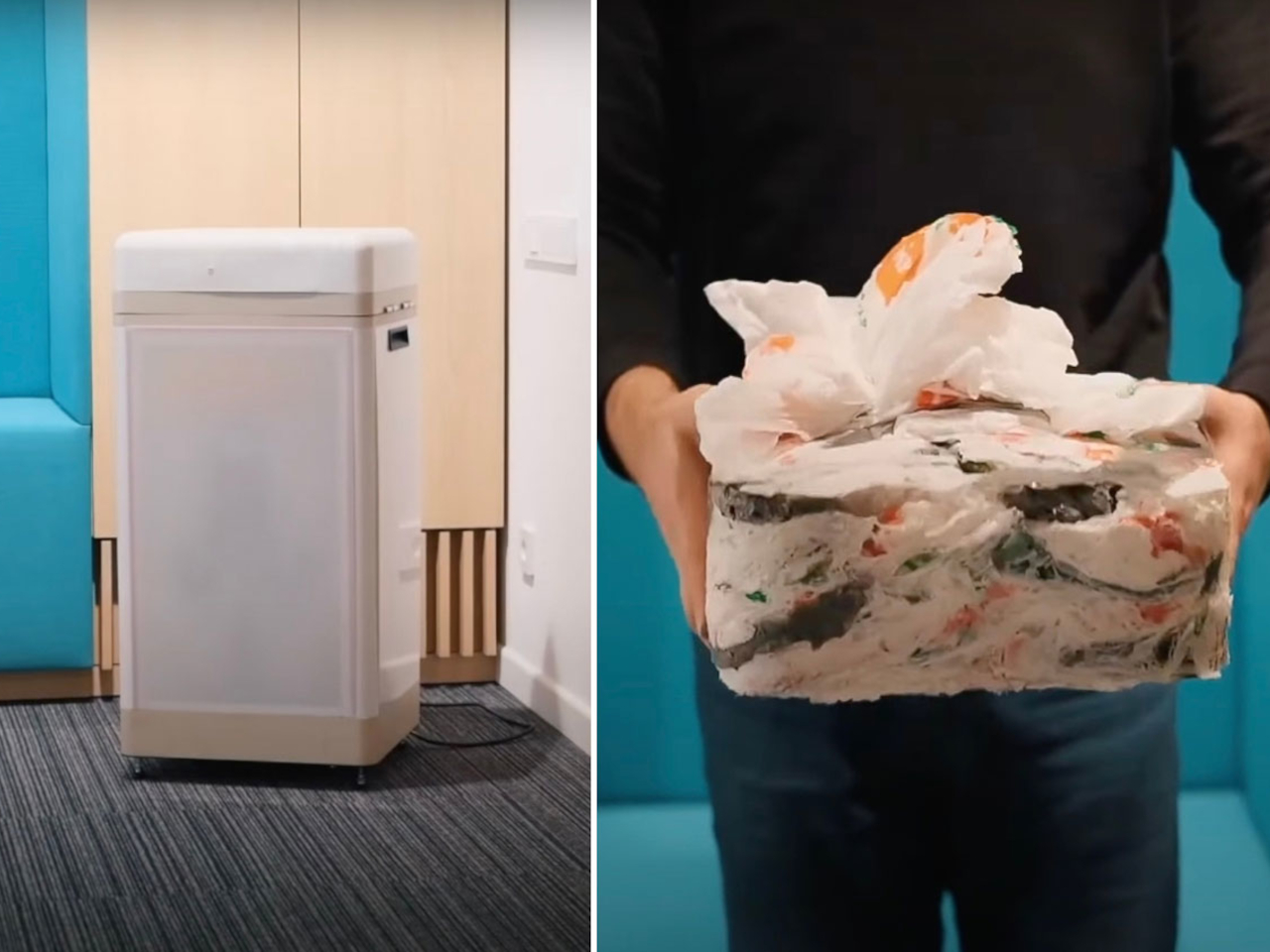
Designer: Clear Drop
The Soft Plastic Compactor (SPC) is designed for homes and small buildings to address the accumulation of plastic bags and other soft plastics. Resembling a kitchen appliance, it compresses these plastics into bricks for easy transportation to recycling centers. Simple to use, it turns plastic waste into solid cubes bound by melted plastic, facilitating their handling and recycling. Clear Drop, the manufacturer, ensures collaboration with recycling facilities to safely break down these bricks without emitting harmful fumes, making the SPC a practical solution for sustainable waste management at home.
Cities tackling global challenges require cooperation among governments, businesses, civil society, and residents for sustainable development. Effective climate change adaptation includes increasing tree cover and preserving green spaces to enhance the quality of life, absorb carbon emissions, mitigate urban heat islands, and provide natural flood protection.



